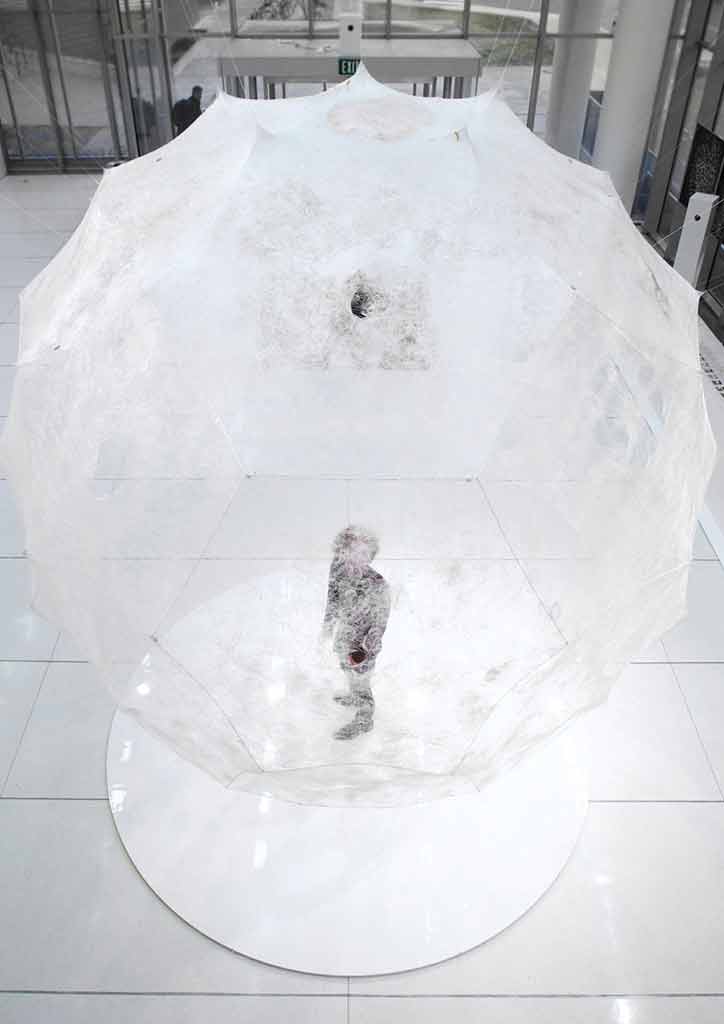
Ever imagine that melanin can be used as a material for architecture? Neri Oxman does.
The world is evolving at a cheetah speed. In some major cities, skyscrapers made of glass and steel tower over each other in a competition to see who can be taller without toppling over at an earthquake’s angry nudge. In many areas of the world, architects and designers are engineering brand-new ways and materials that can change the way we build our structures. These changes can not only result in more beautiful structures that harmonize with their surroundings, but also in more eco-friendly designs that can work for and with nature rather than destroy it.

READ MORE: Meet Some of the Asian Women Architects Making Waves in The Industry
One of the mold breakers mixing up new and exciting projects in this light is Neri Oxman, an Israeli-American architect, scientist, engineer, and inventor. With these titles, Oxman has formed a design philosophy that involves a cycle that is completely entwined with nature.
As a scientist who collaborates with the MIT Media Lab in Boston’s Mediated Matter research group, Neri Oxman was able to pioneer what’s called material ecology, a system that looks at biological matter as new substances for design and architecture. These biological substances can range from liquid melanin (yes, the pigment that gives color to human skin and protects us from UV radiation), human breath, to silk from living silkworms. She has several out-of-this-world projects that truly make you believe in the furthering of ecological building and design. But her most iconic project would the Silk Pavilion.

A dome-shaped structure framed with polygonal metal frames, it was completed with the help of 6,500 live silkworms guided by robotic machines. The result: a dome made completely out of silk fibers harvested from the little creatures without the traditional harvesting which involves boiling the larvae alive in their cocoons.
READ MORE: Volcanic Ash in Structures: Then and Now
The Silk Pavilion is just one example of Oxman’s genius. She has other projects like the Lazarus death masks which are exactly as they sound: 3D printed wax or plaster masks that encase the wearer’s last breath and totems made of melanin that, according to Oxman, will someday be used in design and architecture since, unlike other substances, melanin has survived the harshness of climate change.



Oxman and her MIT team also look into the possibility of literally growing materials in laboratories before incorporating them into design methods that would then be entirely organic and eco-friendly.
READ MORE: Spruce up Your Space with The Color of Healthy Living


